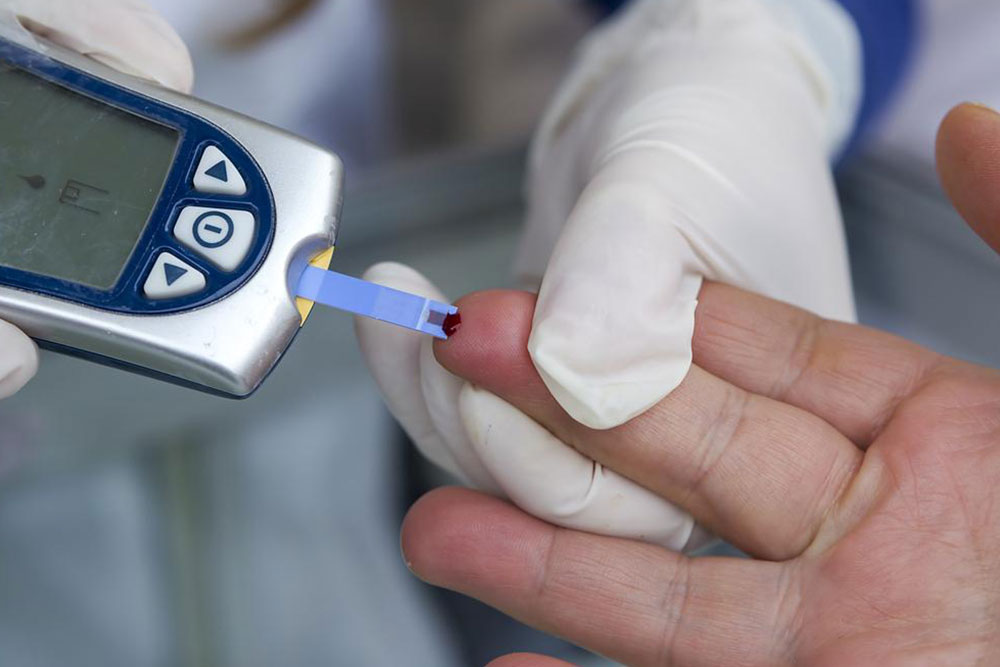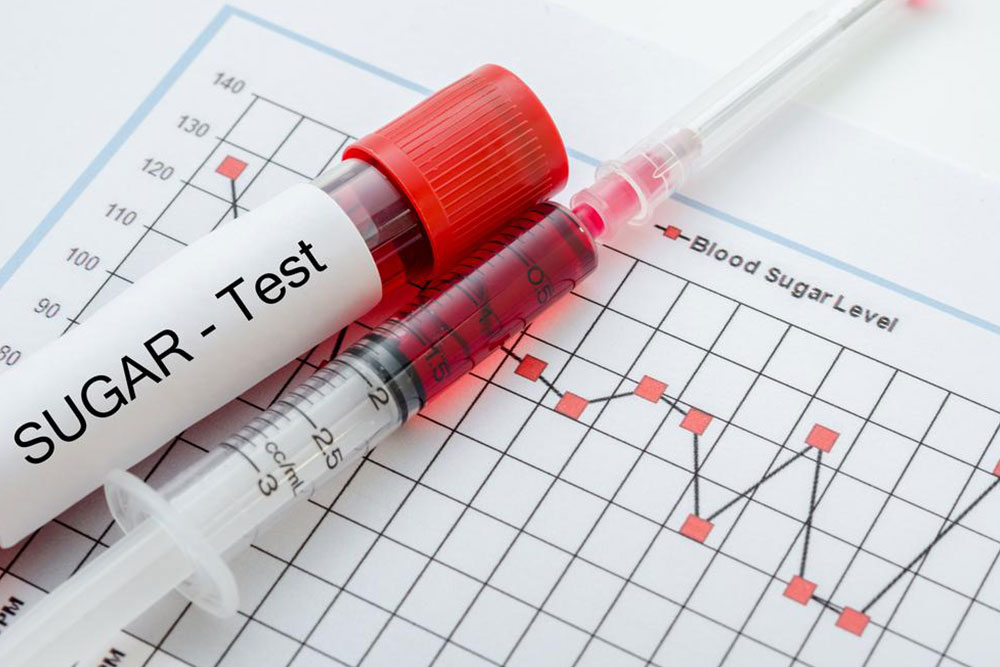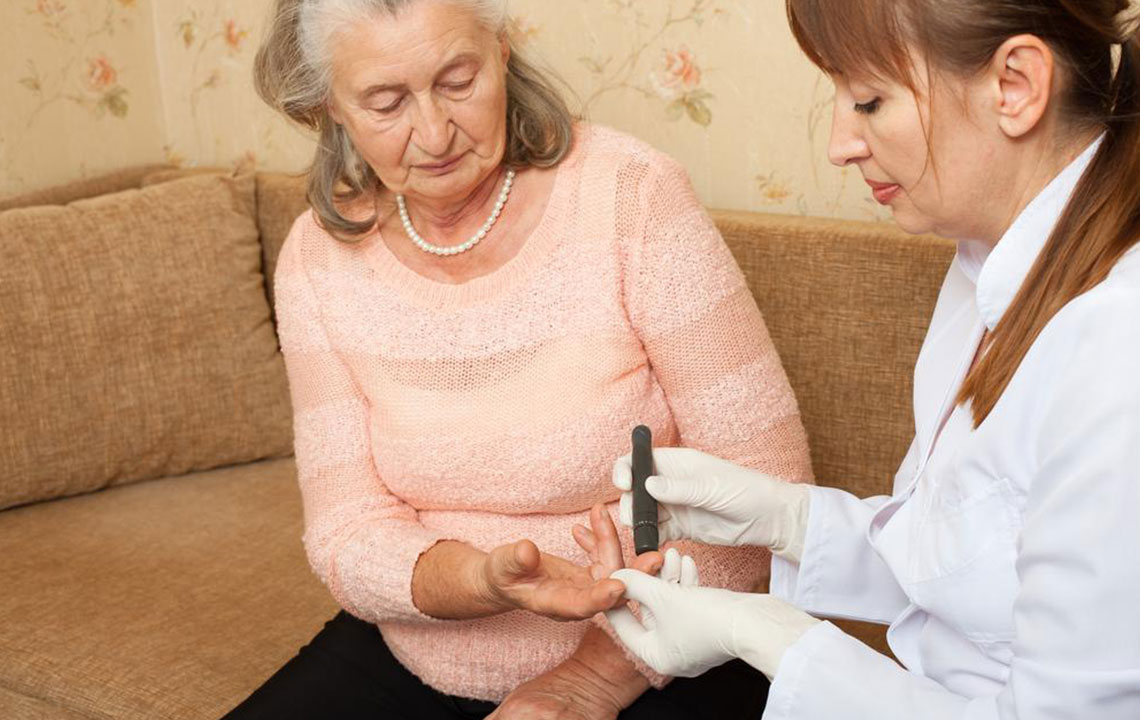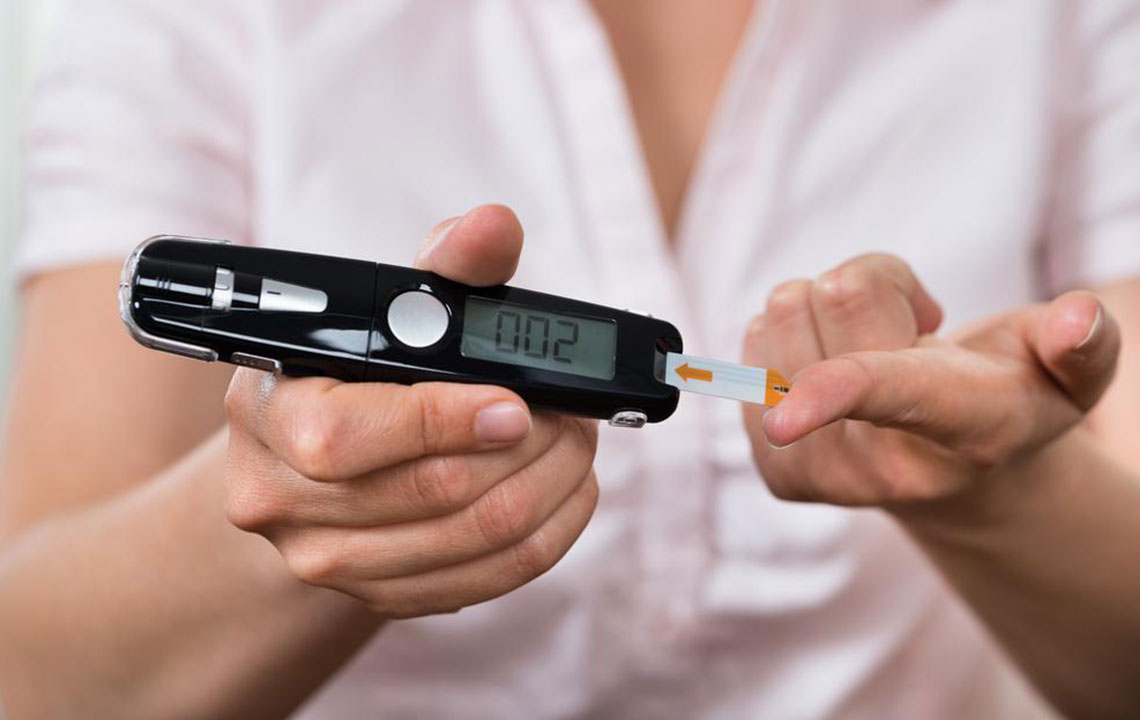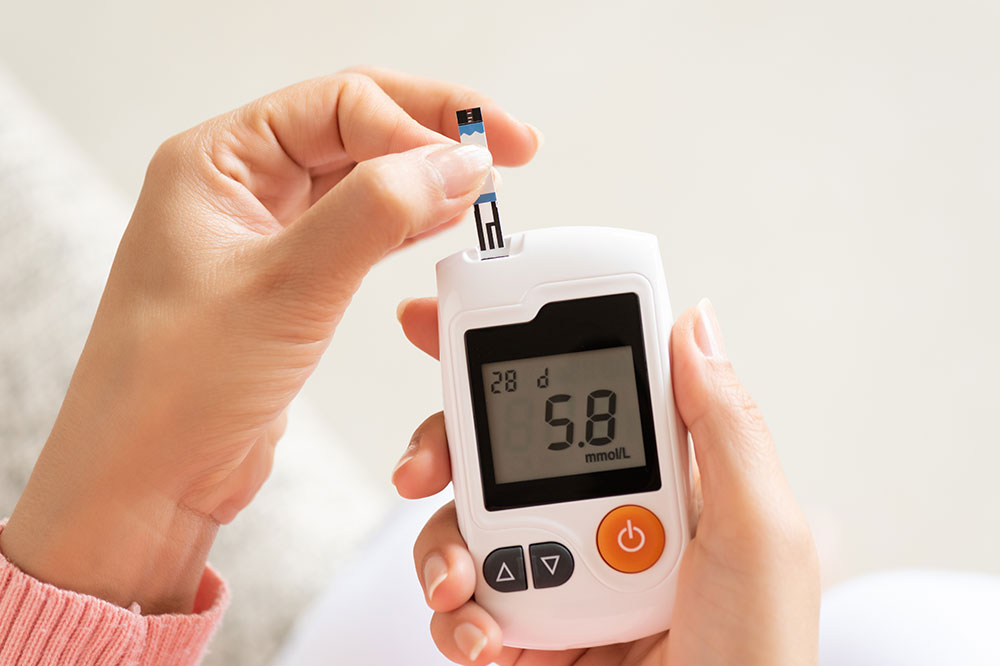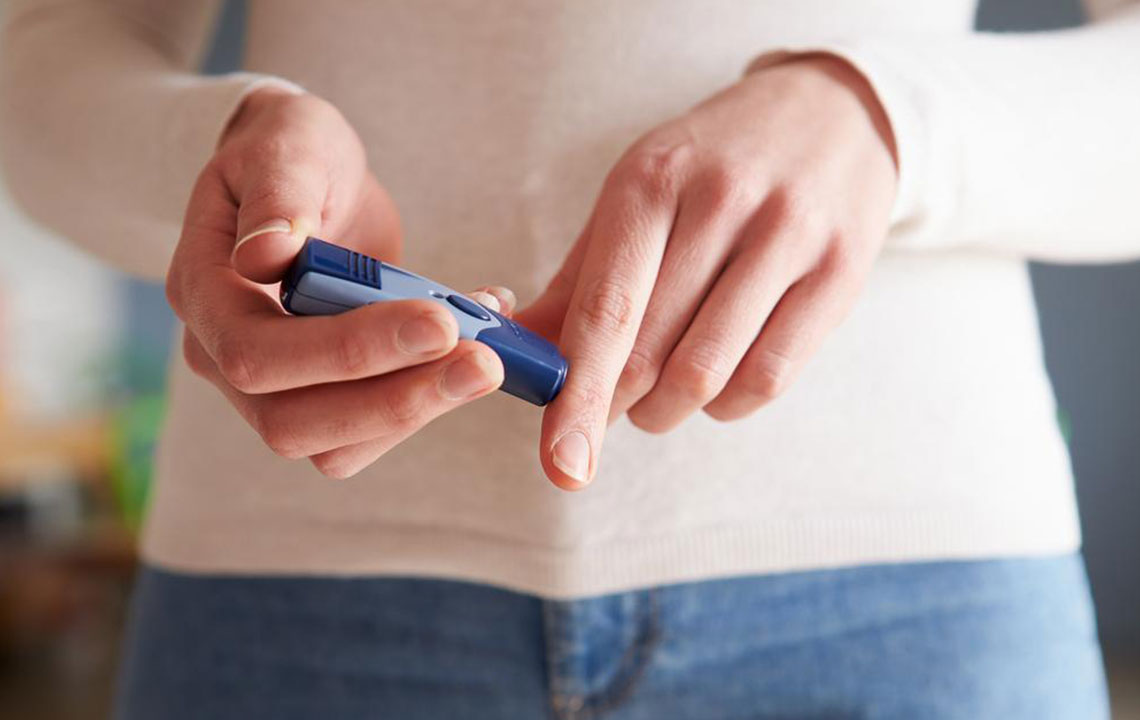Effective Strategies for Monitoring Your Blood Sugar Levels
Learn effective methods for monitoring blood sugar levels to manage diabetes better. This article covers practical tips on device accessibility, routine testing, record-keeping, proper storage of testing supplies, and infection prevention—all vital for maintaining optimal blood glucose control. Whether you're new to diabetes management or seeking to refine your routine, these strategies can help you stay on top of your health and avoid complications.
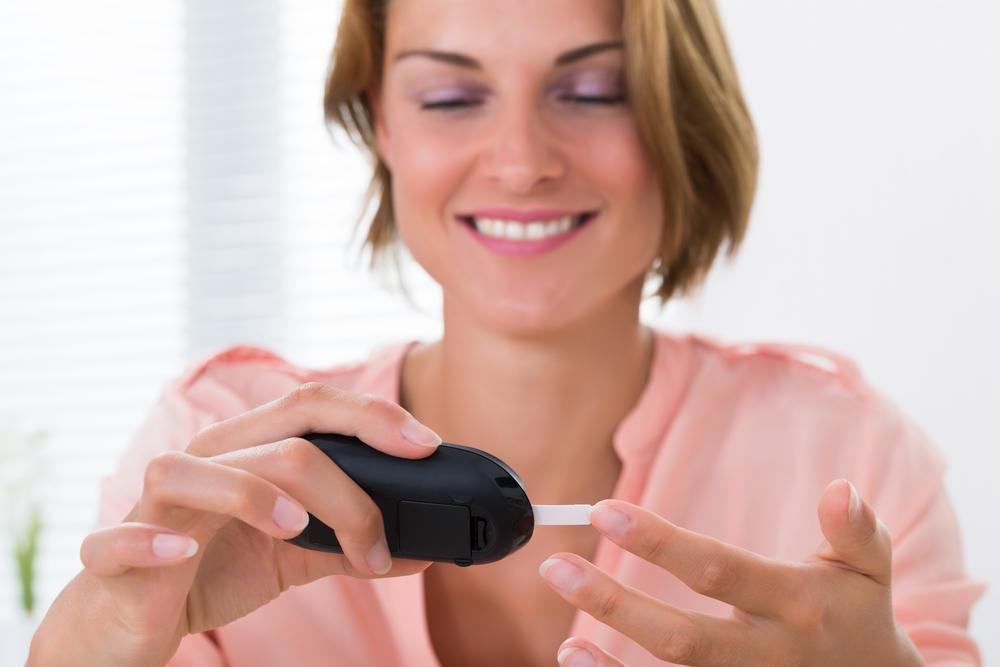
Effective Strategies for Monitoring Your Blood Sugar Levels
Top strategies to keep an eye on blood sugar levels
Managing diabetes primarily involves tracking blood glucose to maintain it within a healthy range. Elevated blood sugar levels occur when insulin production is disrupted. Although a cure remains elusive, proper management helps individuals lead active and balanced lives. Regularly testing blood sugar through lab tests like A1C or self-monitoring with a glucose meter is essential. These tests help identify fluctuations and guide treatment plans. Monitoring also involves consistent testing routines and accurate record-keeping to prevent potential health complications.
Here are practical tips to optimize your blood sugar monitoring process:
Keep your testing device accessible: Blood sugar levels can change unexpectedly. Having your glucose meter within reach ensures you can check your levels promptly, especially during hypoglycemic or hyperglycemic episodes. Store all essentials like lancets, test strips, and alcohol swabs together near your device for quick access.
Establish a consistent testing schedule: Regular testing at specific times—such as before meals, after meals, bedtime, and fasting—is crucial. Consult your healthcare provider to create a personalized routine. Using alarms or reminders on your device can help maintain consistency.
Maintain detailed records: Tracking your blood sugar readings along with contextual information like food, activity, and testing times aids in understanding patterns and triggers. Use journals or mobile apps for efficient record-keeping. This data is valuable for your healthcare provider to adjust treatment if needed.
Care for testing supplies: Proper storage of test strips is vital. Keep strips away from sunlight, moisture, and extreme temperatures. Always check expiration dates and avoid using expired strips for accurate results.
Prevent infections: Hygiene is key when testing at home. Use alcohol swabs on your fingertips before pricking. Dispose of used lancets and strips safely, and avoid sharing your device to prevent infections. Ensure bleeding has stopped before resuming activities.
Main category: health & wellness
Secondary category: fitness
Tags: Blood sugar management, diabetes care, blood glucose monitoring, self-testing, health tips

